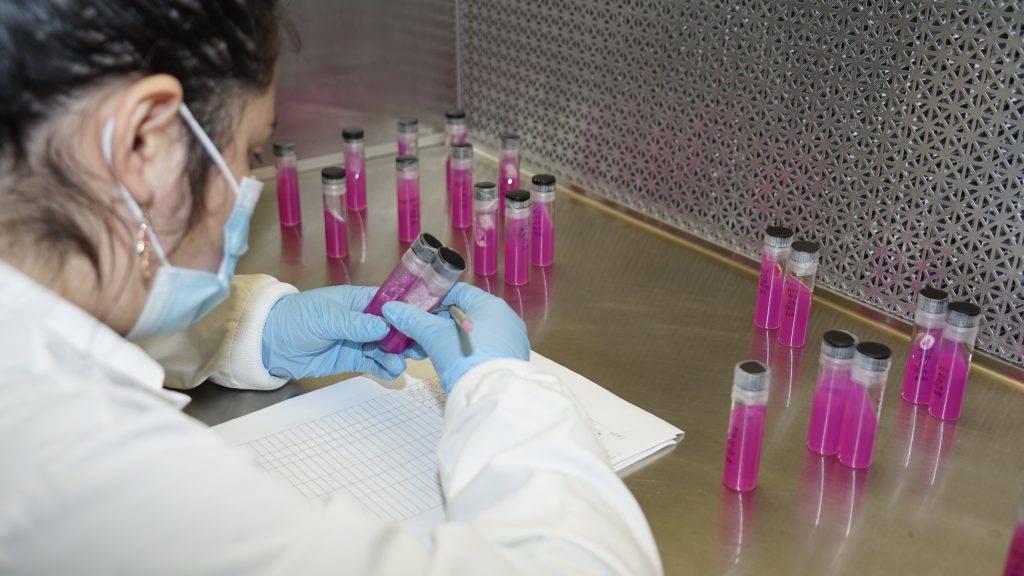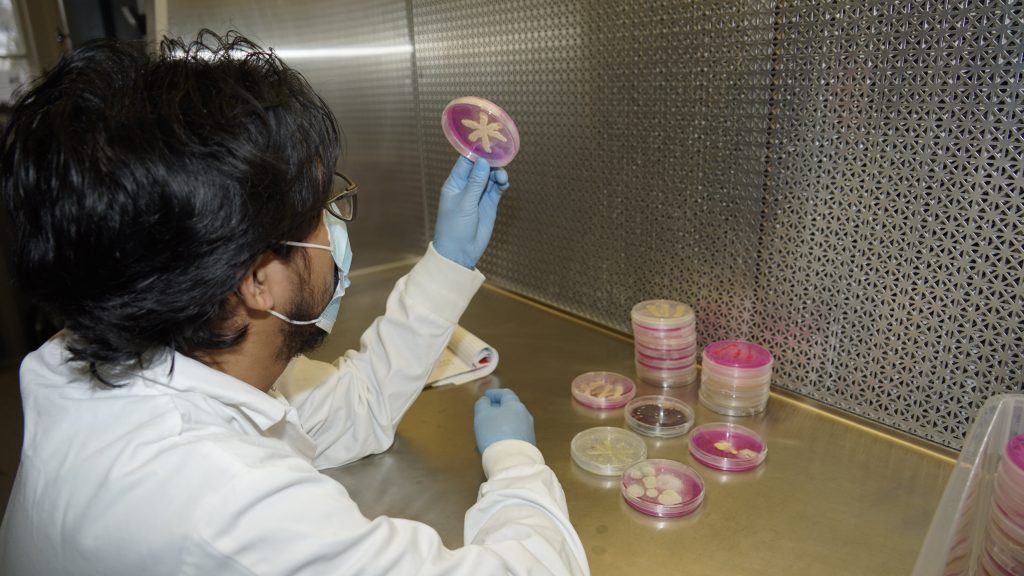Hay Preservation Project
Current lines of research and extension:
Expanding our understanding of field and storage nutrient losses in hay production to develop novel additives and practices aimed at improving the profitability and marketability of forage production in humid climates (PI: Romero)
Summary: Hay is the fourth most important US crop in terms of value of production (~$16 billion per year). Previous research indicates that legumes, compared to grasses, are more susceptible to field losses due to increased leaf shattering, spoilage during storage due to their nutritional composition, and less responsive to hay preservatives due to increased buffering capacity. Through an integrated approach, we seek to optimize hay preservative utilization to reduce nutrient losses across the whole hay production chain. Using genomics techniques, we strive to identify the microbial community structure associated with hay spoilage to refine preservative cocktails and make them more accessible to producers in humid climates, such as the eastern US.
Funded by the USDA NIFA Alfalfa Seed and Alfalfa Forage Systems program; USDA NIFA Organic Agriculture Research and Extension Initiative; and the USDA NIFA Animal Nutrition program.
We are thankful for the key contributions and support of our industry partners Kemin Industries, Lallemand Animal Nutrition, and SAPPI North America.
Click here for the link to our USDA Grant


